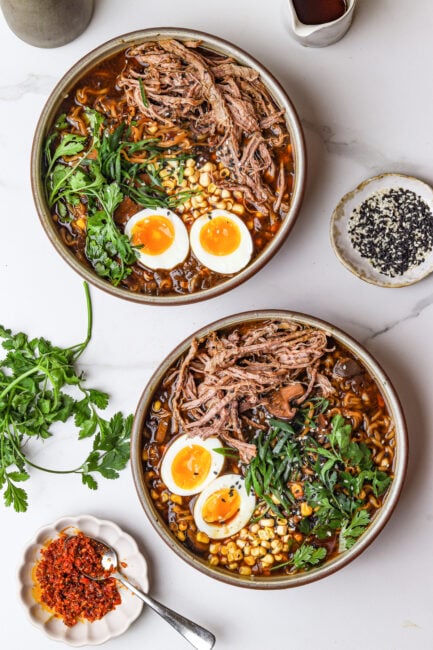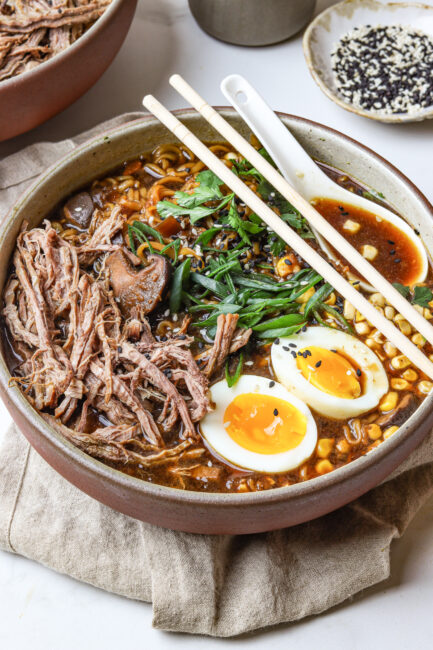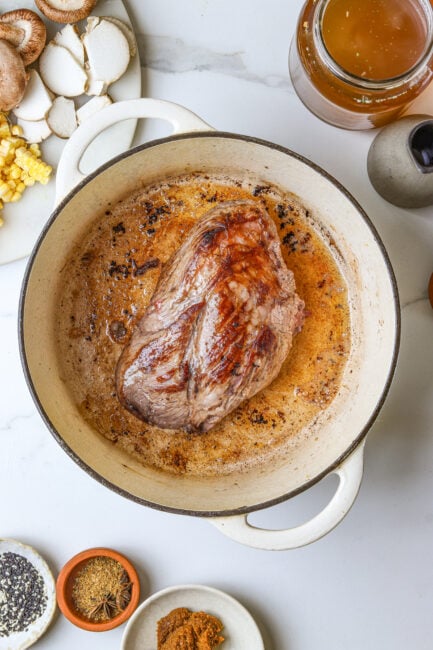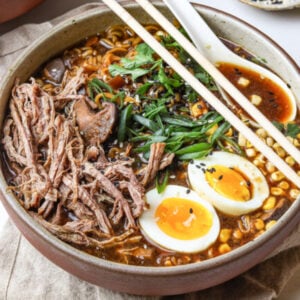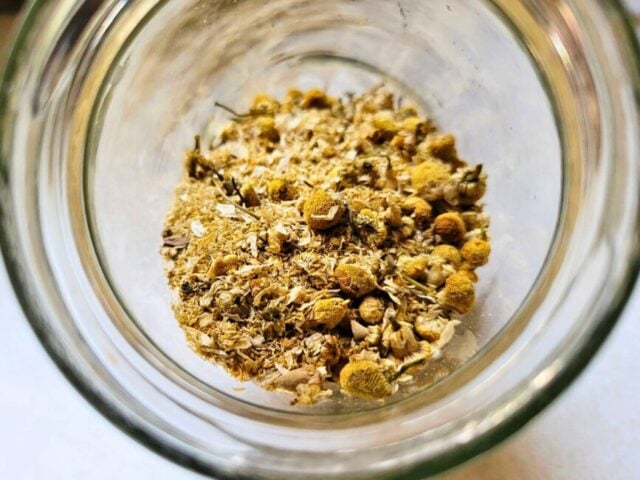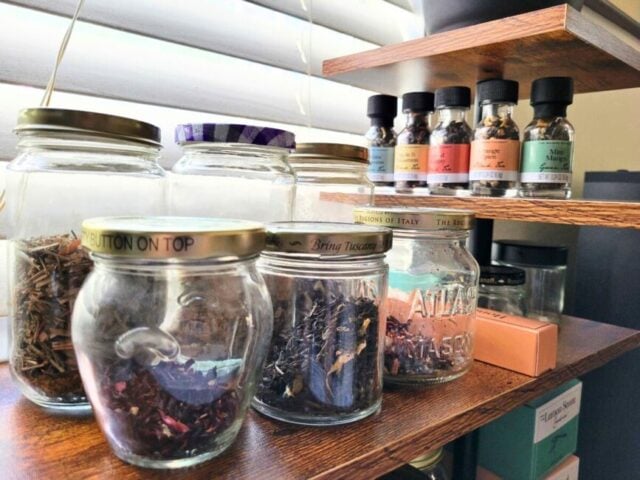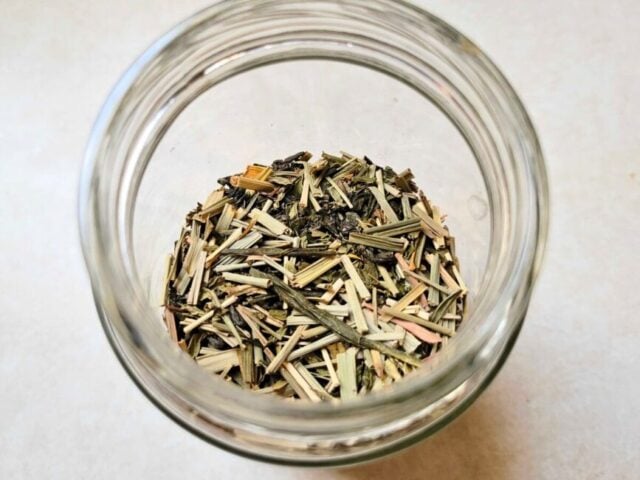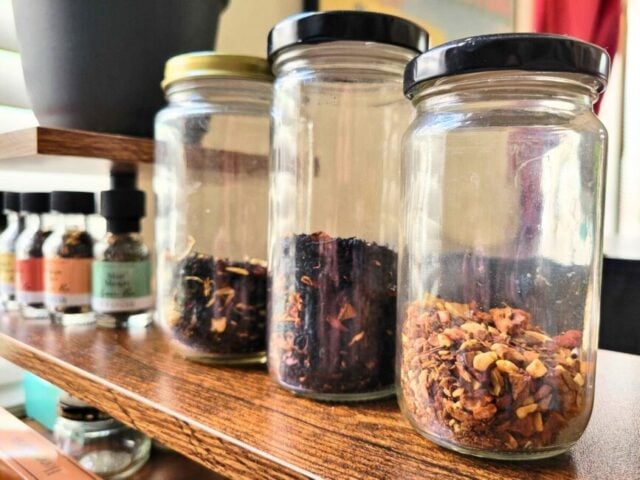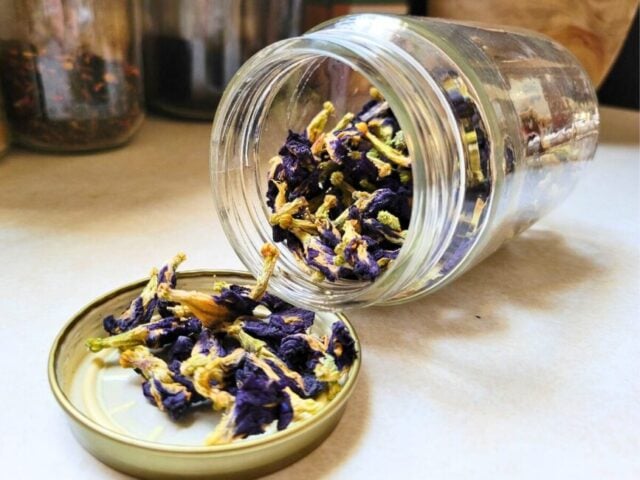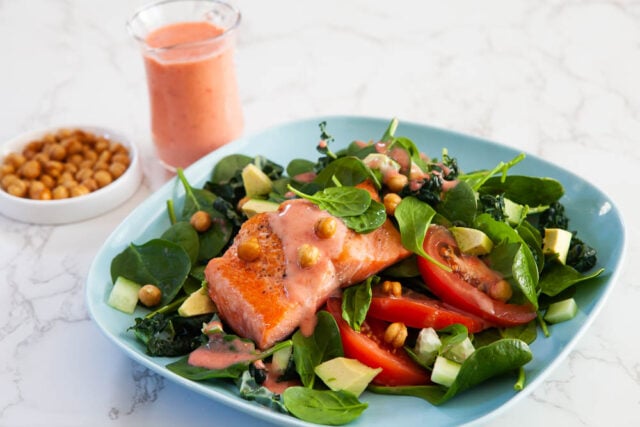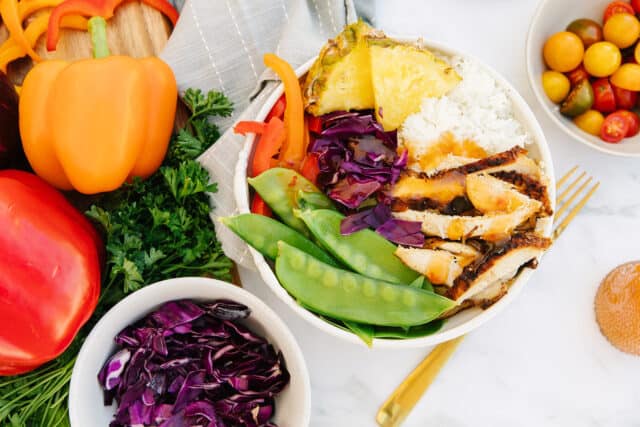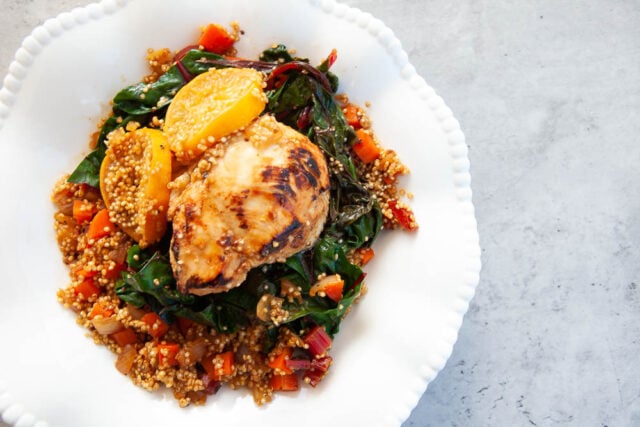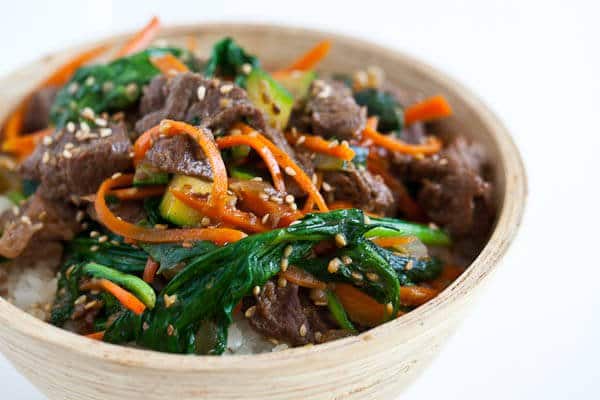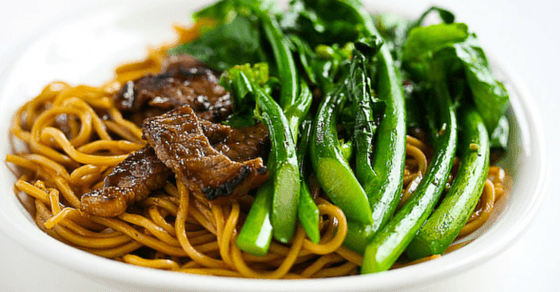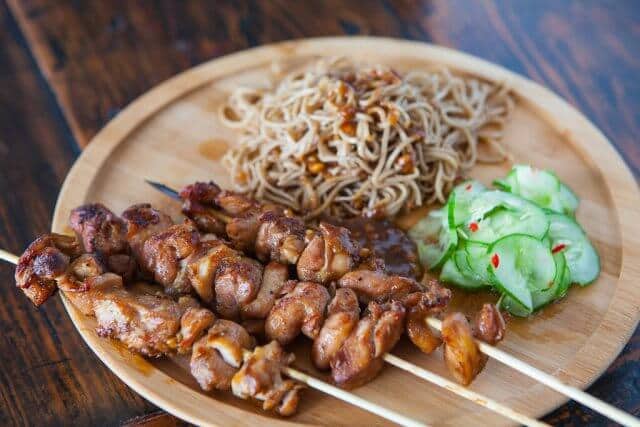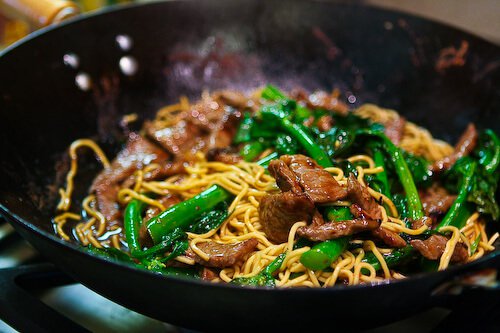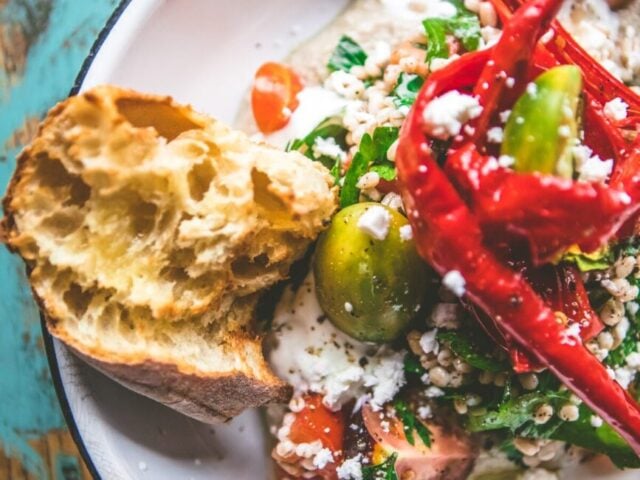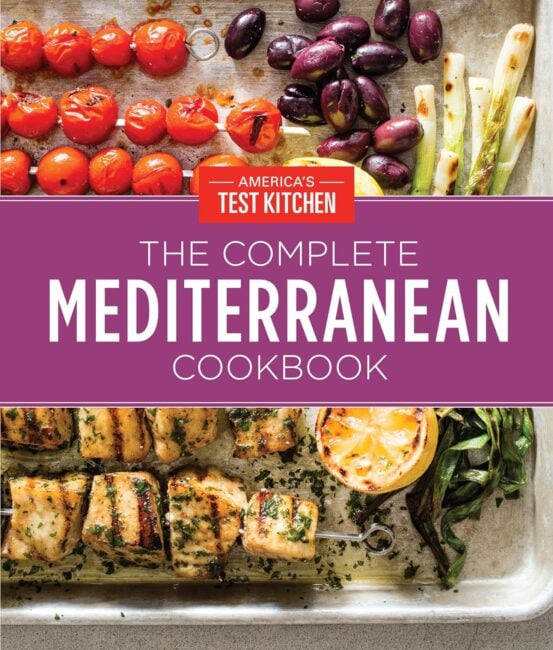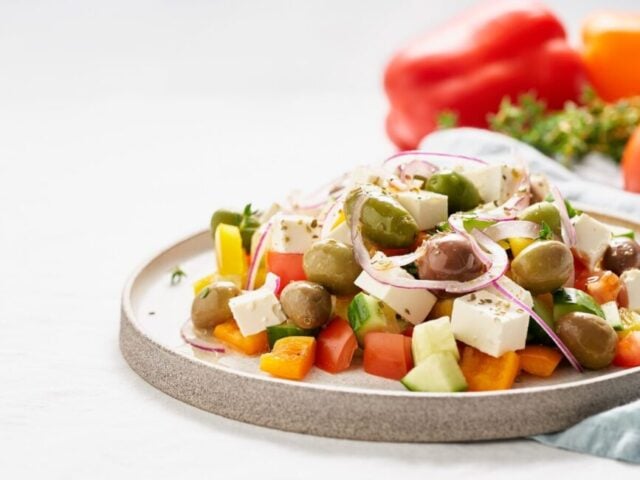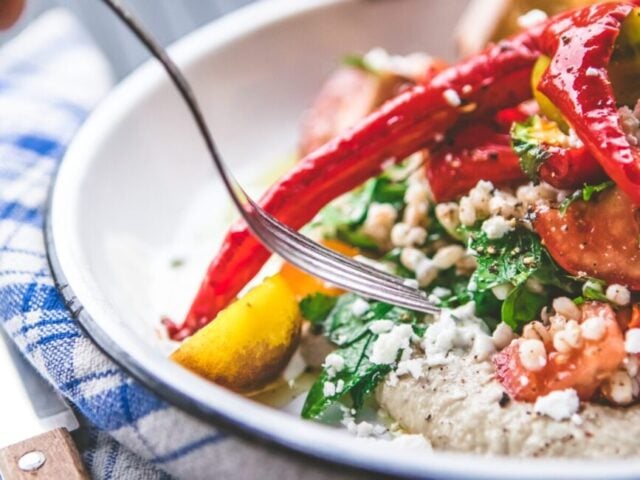Are you and a significant other, family member, or roommate thinking about meal meal prepping lately?
There’s something fun about meal prepping for two. It’s that sweet spot between not having to take the journey alone, and not having to make a family’s worth of meals. It might seem like a big task at first, but it’s actually a lot simpler (and more budget friendly) than you think!
That’s why we’ve created this practical guide all about meal prepping for two. Let’s talk how to get you started.
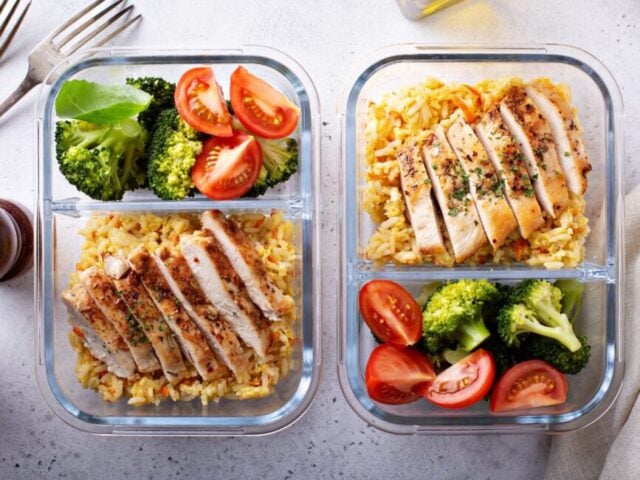
Why Are You Meal Prepping? – The Benefits
The first step to approaching meal prep is to have a full understanding of what you’d like to get out of it. That will inform a lot of your next steps. Ask yourself and each other why you’re thinking about meal prepping. Here are some common reasons why people choose to meal prep and many of its benefits.
To Save Time: We get it. You work all day, and the last thing you want to add to your work week is having to slave over a hot stove every night. Or maybe you love cooking dinner but don’t have a ton of time to whip up lunch. Whatever your time crunch, meal prepping is about setting yourself up for success and having time for more of what matters. And with just a bit of planning, you can have meals ready for the entire week.
If saving time is a goal, we recommend: using a slow cooker, so you don’t have to do much active cooking, and opting for easy meal prep recipes.
To Make Healthier Choices: Oftentimes, we opt for “fast” foods because they’re so effortless and easily accessible. Our brains weigh 2 options. “I could spend an hour over a stove or I could swing through a drive-thru or order delivery in a jiffy.” It’s obvious why the latter is so tempting. Unfortunately, quick and accessible usually means heavily processed, and a whole lot of who-knows-what being added to our foods.
When you plan and prep all your meals, you control what’s in them. If eating clean and/or eating whole foods is a big factor for you, meal prepping is definitely a great way to achieve that. You get to choose to add in healthy veggies like bell pepper or baby spinach. You get to make the call on how much sugar is in your next meal. You get to exclude any allergens and add in specific nutrients. Meal prepping means more control over what you’re eating.
If making healthier choices is a goal, we recommend: opting for lean meats like chicken, fish, and pork, and following the very simple 3x3x3 Meal Plan formula, which just calls for equal parts protein, veggies, and carbs for each of your prepped meals.
To Keep Meals Budget-Friendly: It’s no secret that meal prepping can mean a world of difference for your pocket. Prepping at home means less money spent on food chains, restaurants, takeout and meal delivery. It means buying specific ingredients and stretching them to last throughout the week. And no more multiple-times-a-week grocery runs, so you’ll save on gas too. With meal prep, pantry staples like black beans, sweet potatoes, and whole grains work to stretch your food budget even further.
If saving money is a goal, we recommend: taking advantage of bulk discounts, and seeking out the lowest price per quantity rather than the surface price. Don’t forget to sign up for grocery store memberships and utilize digital coupons. All of these things will save you money in the long run.
To Reduce Food Waste: Meal prep is a great opportunity to buy a limited amount of ingredients and find creative ways to turn them into a variety of meals. Meal prepping incorporates meal planning, so you know exactly what you’ll need to buy, which means you’re less likely to overbuy or let things go bad before you can eat them. Everything you purchase has a purpose, which means less waste in general.
If reducing food waste is a goal, we recommend: utilizing the Reverse Meal Plan mentality, and shopping from your kitchen first to make sure everything gets used up.
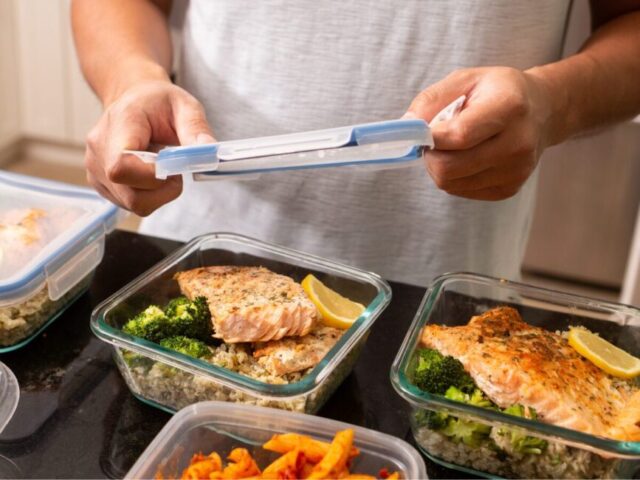
How To Meal Prep for Two
Okay, so you’re convinced that meal prepping is right for you. But what exactly should you make? The good news is there’s no shortage of flavorful, budget-friendly options out there. One fantastic resource we recommend is Budget Bytes because it offers plethora of easy meal prep ideas you can sort by category. Looking to prep for breakfast? Want to focus on less red meat? Already a full-fledged vegetarian? Looking for quick, no-heat options? Budget Bytes has whatever you’re looking for.
If you’re new to meal prepping, we don’t recommend jumping in and trying to prep all of your meals for the next week. Start out by choosing one course you’d like to replace for the next week. Pick the one that’s the biggest headache. Let’s say dinners are not too much of a pain-point, but you find yourself so crunched for time midday that you’ve taken to eating frozen microwave meals filled with sodium and preservatives. If it’s a priority to get lunch in order, let’s try replacing lunches for the next 4 days.
Does that mean you have to make a different meal for each day? Of course not! Because meal prep meals typically last 4 days, we encourage you to repeat meals. You might not want to eat the same thing every day for lunch, so here’s an easy formula to mix it up:
Meal A: Monday and Wednesday
Meal B: Tuesday and Thursday
This formula means that you just need to make 2 meals on Sunday, and since you’re cooking for 2, that means each person makes one meal for the week! (Easy, right?)
We tested this with 2 meals from Budget Bytes. It was a goal of ours to eat less red meat throughout the week, so we picked 2 chicken meals to alternate: Salsa Chicken and Herb Butter Chicken. Since each meal prep meal on Budget Bytes is 4 servings, this made it easy to cook just these 2 meals and have enough to cover 4 days worth of lunches for 2 people.
For containers, we purchased this affordable 10-pack of glass meal prep dishes with airtight lids. This allowed us 8 containers to store lunches in the fridge, and 2 to swap out daily snacks.
Speaking of snacks, they’re an important part of meal prepping! According to the 3x3x3 Meal Plan, eating multiple small meals (rather than 3 big meals) throughout the day is better for your health and maintaining a healthy weight. Meal prepping in designated containers also allows for great portion control and to keep healthy snacks on-hand, like veggies and hummus or fresh fruit and cottage cheese.
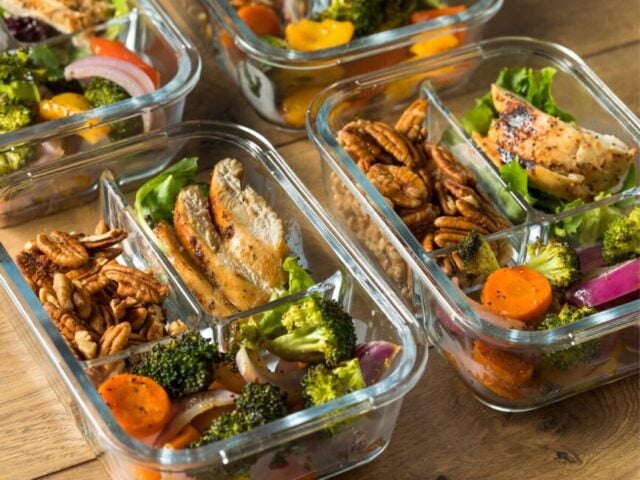
The Meal Prepping Connection
Meal prepping is more than just about saving time and money. It also a great way for couples to connect and spend time together, no matter if you’re partners, friends, or family members. With a partner in crime, preparing healthy meals turns a mundane task into an event. Here are some different ways to make meal prep fun:
Brainstorm Together: Start by sitting down and picking out what you’ll eat for the week together. Or, better yet, make it an assignment for each person to bring healthy meal prep recipes (at least one) to the couch by Saturday afternoon. This ensures there’s something each person likes and makes the act of cooking more exciting by Sunday evening.
Experiment with New Foods: Make meal prep an adventure. At least once a month, step out of your comfort zone and whip up something you’ve never tried. Maybe it’s a veggie-packed meal or an exploration of cultural cuisines. This is also a great way to introduce each other to meals from your own background. There’s no bonding like discovering new things together.
Put On Your Favorite Tunes: At least one of you should play DJ for the meal prep event, and each week, you’ll switch off so there’s something for everyone to enjoy. When you’re not cooking, you may even want to create a meal prep playlist together. Music always makes things more fun.
Get to Cookin’!: You can have each person cook one meal, or agree to do what you’re best at, like one person makes sauce while the other is on stir-fry. Maybe one person is great at chopping, while the other is amazing at seasoning. Whatever the case, you get to decide the best way to prepare your big batch of delicious meals. This is also a great opportunity to learn from each other.
Document the Journey: Don’t forget to take photos of your meal prepping sessions and finished dishes. You’ll be amazed at all the different meals you’ve created together, and it also provides you a menu for future meals. Sharing your journey with friends and family may also inspire them to make meal prep a thing in their lives too!
Make Meal Prepping a Ritual: Once you make meal prep a regular part of your weekly routine, it becomes a breeze. Choose a day near the end of the week to plan your meals, compile grocery lists and shop. Prepping and cooking is great for Sunday afternoons or evenings, though any time outside of busy weeknights works. Think of it as a special time to connect, and you’ll get so much more out of meal prepping as a duo.
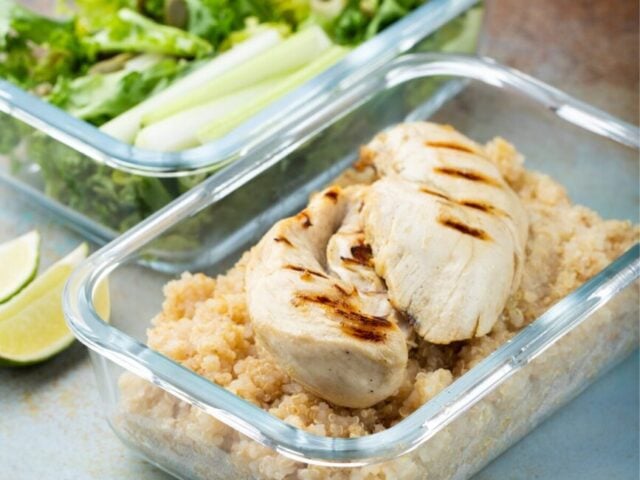
Ready to Meal Prep?
Now that you know how to meal prep, what are some meals you’re excited to make? Will you be meal prepping for lunch or dinner? Or maybe both? Who will you be meal prepping with?
Whatever you choose, we’d love to hear about it. Be sure to leave a comment below.
The post A Practical Guide on How to Meal Prep For Two appeared first on Steamy Kitchen Recipes Giveaways.
from Steamy Kitchen Recipes Giveaways https://ift.tt/UgvMb4Y
via
New Kitchen Special

